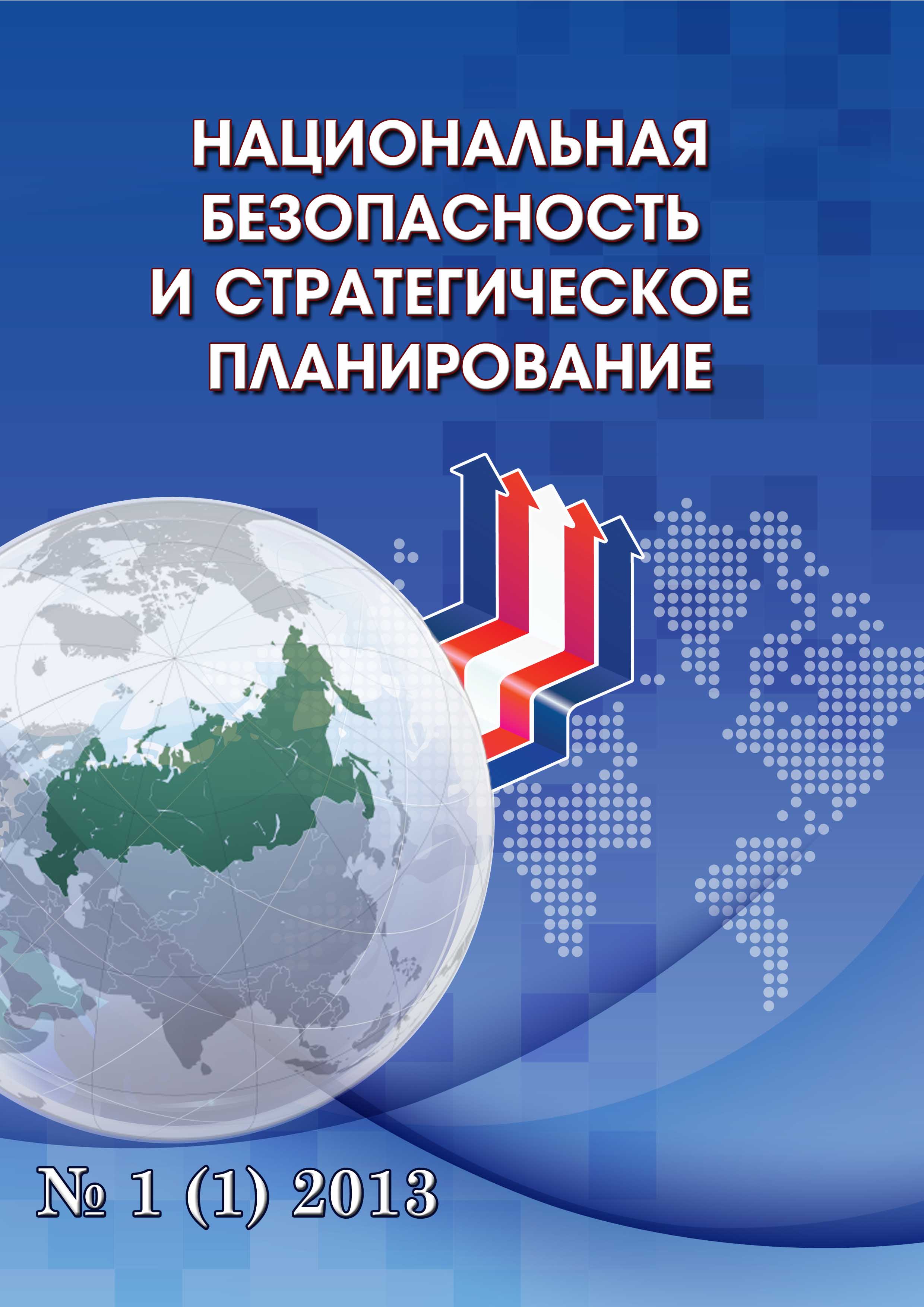CSCSTI 05.11
CSCSTI 06.51
CSCSTI 10.01
CSCSTI 11.01
CSCSTI 11.25
CSCSTI 78.01
CSCSTI 81.92
CSCSTI 81.93
CSCSTI 82.01
CSCSTI 82.33
CSCSTI 11.15
Forensic science and practice are a special foundation for the national security. At the present time one of the most progressive methods for fixing and research of forensic facilities used is the holographic method. This article is devoted to the research of forensics essence of this method in the context of its use in the investigation and expert practice. Analyzing the questions of modern empirical actualization of the holographic method in various sectors of the criminalistic equipment, the authors come to the conclusion that the current forensics increasingly being considered and substantiated an object-oriented approach, which is aimed only at creation of three-dimensional models of the incident place situation on the basis of a holographic interferation of material trace reflections of the criminal events in particular the space. Is formulated by the author's proposal for the implementation in the criminalistic theory and the investigative-expert practice a new approach - the subject-oriented approach, the essence of which lies in the holographic retrospective building a dynamic behavioural lines of the alleged offender, the victim (injured) in relation to the elements of the material environment. Is determined by a number of problems, connected with further perspective development of the studied areas in forensics.
national security, holographic method, interferogram, object-oriented approach, subject-oriented approach, holographic model, dynamic retrospection
1. Ob utverzhdenii Koncepcii nacional'noy bezopasnosti Respubliki Belarus': Ukaz Prezidenta Resp. Belarus', 30 dekabrya 2011 g., № 621 // Nacional'nyy reestr pravovyh aktov Respubliki Belarus'. - 2012. - № 8. - 1/13223.
2. Denisyuk Yu.N. Principy golografii: Lekcii. - L., 1979. - 126 s.
3. Ischenko E.P., Toporkov A.A. Kriminalistika: uchebnik / pod red. doktora yuridicheskih nauk, professora E.P. Ischenko. - M., 2006. - 748 s.
4. Shepelevich V.V. Vvedenie v kogerentnuyu optiku i golografiyu: ucheb. posobie. - Minsk, 1985. - 144 s.
5. Dmitriev E.N., Ivanov Yu.P. Primenenie metoda cifrovoy fotografii pri fiksacii ob'ektov kriminalisticheskih ekspertiz: ucheb. posobie. - M., 1997. - 104 s.
6. Lapin A.V. Kriminalisticheskoe poznanie mehanizma prestupleniya // Vybranyya navukovyya pracy Belaruskaga dzyarzhaўnaga ўnіversіteta: U 7 t. T. 3. Yurysprudencyya. Ekanomіka. Mіzhnarodnyya adnosіny / Adk. red. V.M. Gadunoў. - Mn., 2001. - S. 199-208.
7. Guchok A.E. Kriminalisticheskaya struktura prestupleniya. - Mn.: BGU, 2007. - 151 s.
8. Kurs kriminalistiki: V 3 t. T. 1. Obscheteoreticheskie voprosy. Kriminalisticheskaya tehnika. Kriminalisticheskaya taktika / Pod red. O.N. Korshunovoy, A.A. Stepanova. - SPb., 2004. - 681 s.






